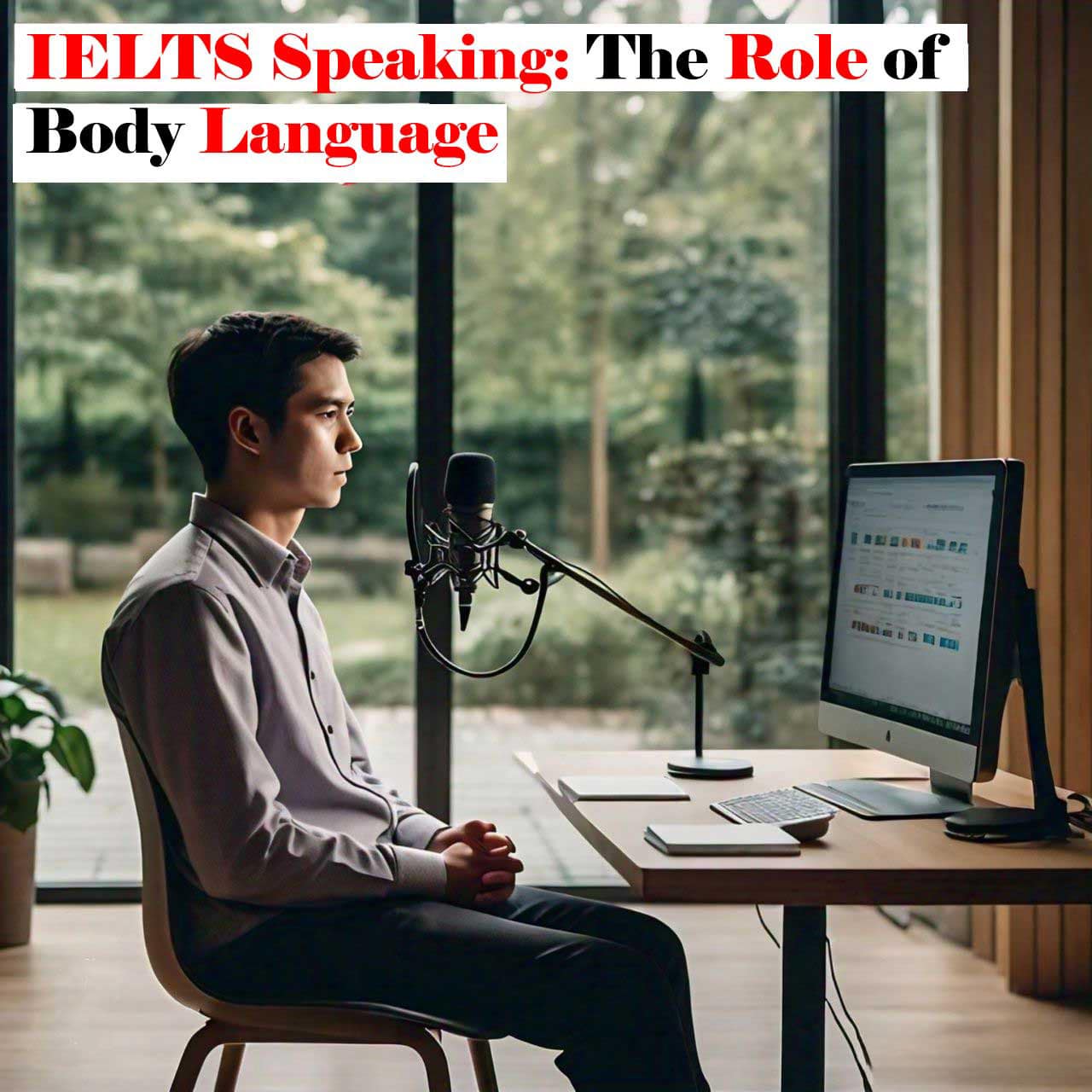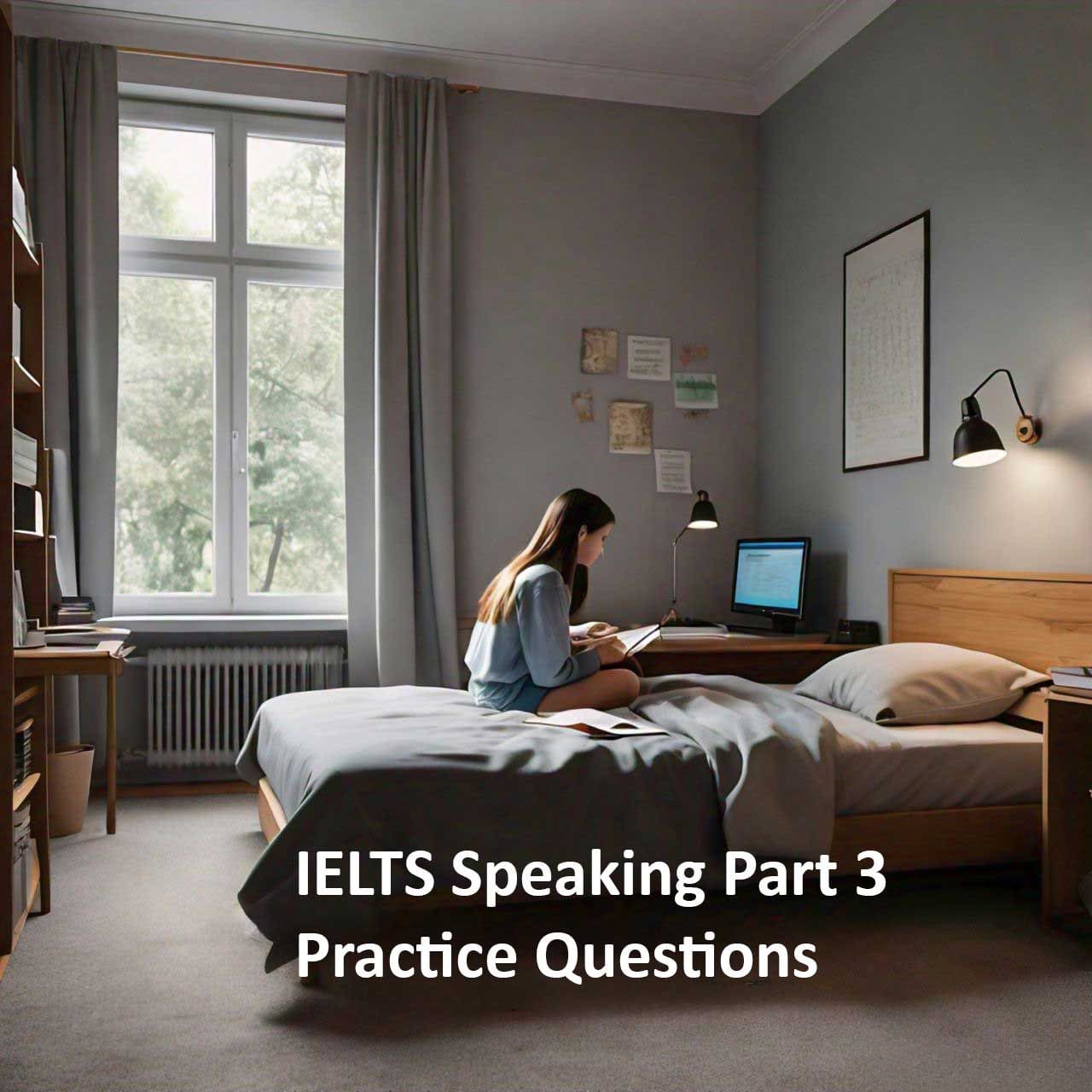The IELTS Speaking test is a critical part of the IELTS exam, designed to evaluate your spoken English in a face-to-face interview with an examiner. While your verbal communication is the primary focus, non-verbal cues, particularly body language, play a significant role in how your responses are perceived. In this blog post, we will explore the importance of body language in the IELTS Speaking test and provide tips on how to use it effectively to enhance your performance.
Table of Contents
Why Body Language Matters
Body language, which includes facial expressions, gestures, posture, and eye contact, can complement your verbal responses and contribute to a positive impression. Here’s why it matters:
1. First Impressions: Your body language can set the tone for the interview from the moment you walk in. A confident, friendly demeanor can create a positive first impression.
2. Confidence and Credibility: Good body language demonstrates confidence and can make your answers appear more credible and persuasive.
3. Engagement: Positive body language helps engage the examiner, making the conversation more dynamic and interactive.
4. Communication Enhancement: Non-verbal cues can help convey emotions and attitudes, adding depth to your verbal responses.
Key Aspects of Body Language in IELTS Speaking
1. Eye Contact
Maintaining appropriate eye contact shows that you are attentive and engaged. It helps establish a connection with the examiner and conveys confidence.
Tips:
– Look at the examiner naturally while speaking.
– Avoid staring intensely or looking away too frequently, which can indicate nervousness or lack of confidence.
2. Facial Expressions
Your facial expressions should match the tone and content of what you are saying. Smiling and nodding can indicate that you are engaged and understand the conversation.
Tips:
– Smile naturally, especially when greeting the examiner or when the conversation is light-hearted.
– Use facial expressions to show interest and enthusiasm about the topic.
3. Gestures
Hand gestures can help emphasize points and make your communication more lively and dynamic. However, they should be natural and not overly exaggerated.
Tips:
– Use gestures to highlight important points or to describe something.
– Keep your gestures controlled and avoid fidgeting or making repetitive movements.
4. Posture
Your posture reflects your level of confidence and attentiveness. Sitting up straight but relaxed shows that you are focused and engaged.
Tips:
– Sit comfortably with your back straight and shoulders relaxed.
– Avoid slouching, crossing your arms, or leaning too far forward or backward.
5. Mirroring
Subtle mirroring of the examiner’s body language can create a sense of rapport and make the interaction smoother. This involves naturally aligning some of your gestures and posture with those of the examiner.
Tips:
– Observe the examiner’s body language and mirror it in a subtle and natural way.
– Avoid overdoing it, as it should appear spontaneous and not forced.
Practicing Positive Body Language
1. Record Yourself
Practice speaking in front of a mirror or record yourself to observe your body language. Pay attention to your eye contact, facial expressions, gestures, and posture.
2. Get Feedback
Ask friends or teachers to provide feedback on your body language during practice sessions. They can point out habits you might not be aware of and suggest improvements.
3. Simulate Test Conditions
Practice in a setting that simulates the test environment. This will help you get comfortable with using positive body language under exam conditions.
4. Relaxation Techniques
Use relaxation techniques such as deep breathing or visualization to manage nervousness. Being relaxed helps you maintain natural and positive body language.
Common Pitfalls to Avoid
– Overusing Gestures: While gestures are helpful, overusing them can be distracting. Use them purposefully.
– Avoiding Eye Contact: Lack of eye contact can be perceived as a lack of confidence. Practice maintaining natural eye contact.
– Rigid Posture: A stiff posture can make you appear nervous or uncomfortable. Aim for a balance between being upright and relaxed.
– Negative Facial Expressions: Frowning, grimacing, or appearing disinterested can negatively impact the examiner’s perception. Be mindful of your expressions.
Conclusion
Body language plays a significant role in the IELTS Speaking test, complementing your verbal responses and enhancing overall communication. By maintaining positive eye contact, using appropriate facial expressions and gestures, and adopting a confident posture, you can make a strong impression on the examiner. Regular practice and self-awareness are key to mastering these non-verbal cues. Remember, effective body language can boost your confidence and help you perform better in the IELTS Speaking test. Good luck!



